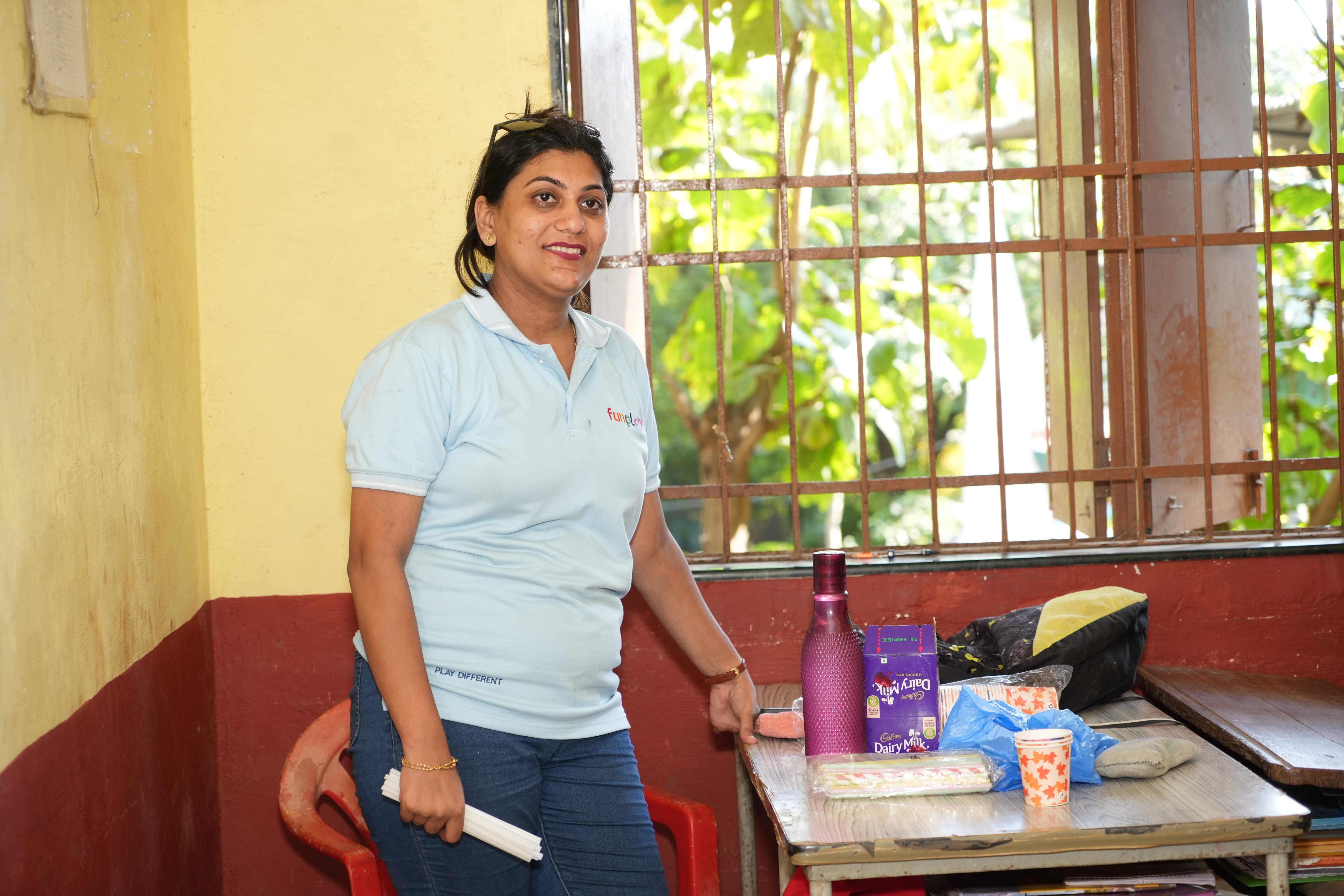Latest Posts
Loading latest posts...
Modern Indian families aren’t just buying square footage—they’re buying lifestyle. And nothing signals a family-friendly, community-focused project quite like a well-designed children’s play zone. For builders, architects, and housing societies, here’s why play areas have gone from optional to essential.
A central play zone checks all three boxes—often tipping the decision in your favor.
Two projects with identical floor plans? The one with a vibrant, visible play area wins. Especially in Tier 1 and Tier 2 cities, where gated communities are the norm, playgrounds are deal-sealers—not just nice extras.
Happy kids = happy parents. Families stay longer, renew leases more often, and build emotional ties with the property when their children feel at home in a space.

Just like clubhouses and gyms, play areas contribute to a project’s perceived value.
When kids play, parents meet. A well-designed play area doubles as a social hub.
An open-air playground with fresh air and sunlight fits this perfectly.
| Design Element | Why It Matters |
|---|---|
| Modular & compact units | Fits tight layouts or podiums |
| Natural integration | Blends with landscaping and gardens |
| Age-appropriate zones | Prevents injuries and overcrowding |
| Shade and seating | Keeps parents nearby, kids longer |
| Bright, cheerful colours | Adds visual vibrancy to concrete buildings |
Yes. Properties with complete amenities—including kids' zones—command better pricing and faster sales.
Absolutely. We offer compact, modular units that fit existing lawns, rooftops, or courtyards.
Yes. Our designs separate toddler, junior, and senior zones within one footprint.
Minimal. A quarterly check-up, occasional repainting, and routine cleaning keep it in great shape.
Latest Posts
Loading latest posts...